Semi trucks are heavy. These behemoths of the road require that weight to safely haul their heavy loads across the country. However, it would all be for nothing if semi trucks did not ride on top of equally heavy tires.
Most semi truck tires weigh around 120 pounds but can weigh more or less depending on tire type, size, and load limits. For instance, heavy-duty semi truck tires often weigh in around 250 pounds, not including their rims. Commercial tire rims can add up to 50 pounds of extra weight.
However, tires lose weight as normal wear and tear reduce their tread depth. This lost weight can cause an issue down the road if not detected and repaired in time. By reading further, you will learn how to check tire tread wear so you can replace your tires as needed.
Built to handle harsh road conditions and heavy cargo, semi trucks have hefty tires that match their durability in weight and size. These massive tires clock in at over 120 pounds, not including their rims, easily outweighing the tires found on other vehicles.
For comparison, here are some weights for some common tire types on the road:
Much of the extra heft in semi truck tires comes from their material construction. These materials come in various forms of thick slabs of solid vulcanized rubber arranged in a radial pattern. This makes the tires extremely durable and structurally sound while driving on and off-road.
Because of this construction, semi-tires can vary in weight depending on their purpose. For instance, trucks used in agriculture, mining, or pulling large equipment can have tires that weigh up to 250 pounds.
Like cars, semi trucks and trailers require tire maintenance to ensure safe driving conditions and lower repair costs.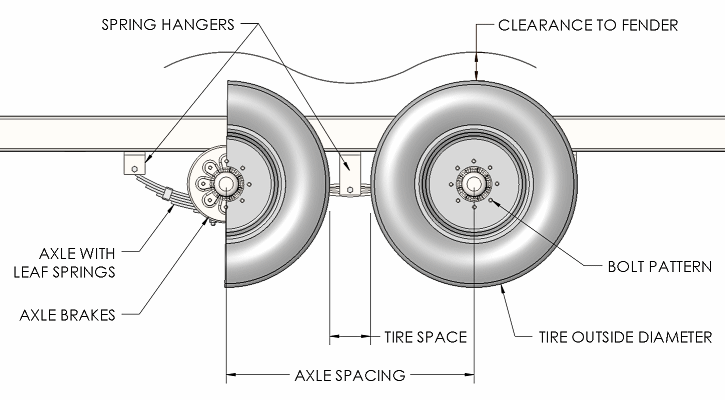 This is because the tires are an essential part of the rig and the easiest to break, but it goes beyond that. Worn-out tires may not have the weight or air pressure to safely haul your load down the road.
This is because the tires are an essential part of the rig and the easiest to break, but it goes beyond that. Worn-out tires may not have the weight or air pressure to safely haul your load down the road.
Proper semi-tire maintenance can improve your truck’s:
While the benefits of maintaining the tires on your semi truck are clear, many drivers and fleet managers find the task overwhelming. Fortunately, the tires are easy to check and maintain.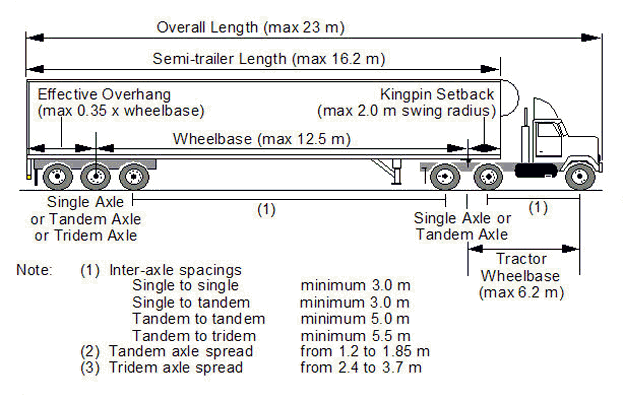
Semi tire maintenance goes beyond quickly checking the tires before you head out on the road. You must ensure your tires comply with all federal and state tire regulations. Luckily, most of these regulations fall under a single document: the Code of Federal Regulations (CFR). The CFR provides tolerances for tread and groove depth, air pressure, and tire condition.
The depths of the tire treads directly correlate to the weight of the tire. This is because the treads are the bulk of the tire’s rubber. As such, you want to maintain the quality of the treads and grooves as much as possible.
The CFR directs you to check the depth at a “major tread groove,” but any tread in the middle of the tire should work. You want to make sure that the tread depth for all of your tires is around 2/32 inches per the CFR.
If you find your tires are getting bare, you can have them retreaded to regain their traction and weight. The process reforms the treads using recycled rubber until the tires regain their original thickness. Retreading is cheaper than buying new tires and is better for the environment.
The process reforms the treads using recycled rubber until the tires regain their original thickness. Retreading is cheaper than buying new tires and is better for the environment.
While some semi-tires are durable enough to run flat, you never want to keep them that way. It ruins the tread and your rims, depressing your truck’s performance and safety. It may also violate CFR tire regulations. Therefore, you want to maintain the air pressure in your tires for as long as possible.
Testing semi truck tire pressure is similar to testing the pressure on any other vehicle. The inflation should be enough to carry the weight of your truck and your cargo.
A lot is riding on your tires, and not just your cargo. Because of this, semi truck tires are among the heaviest tires on the market, weighing in at least 120 pounds and above. While the weight can differ between style and purpose, maintaining this weight is required for the safe operation of your truck.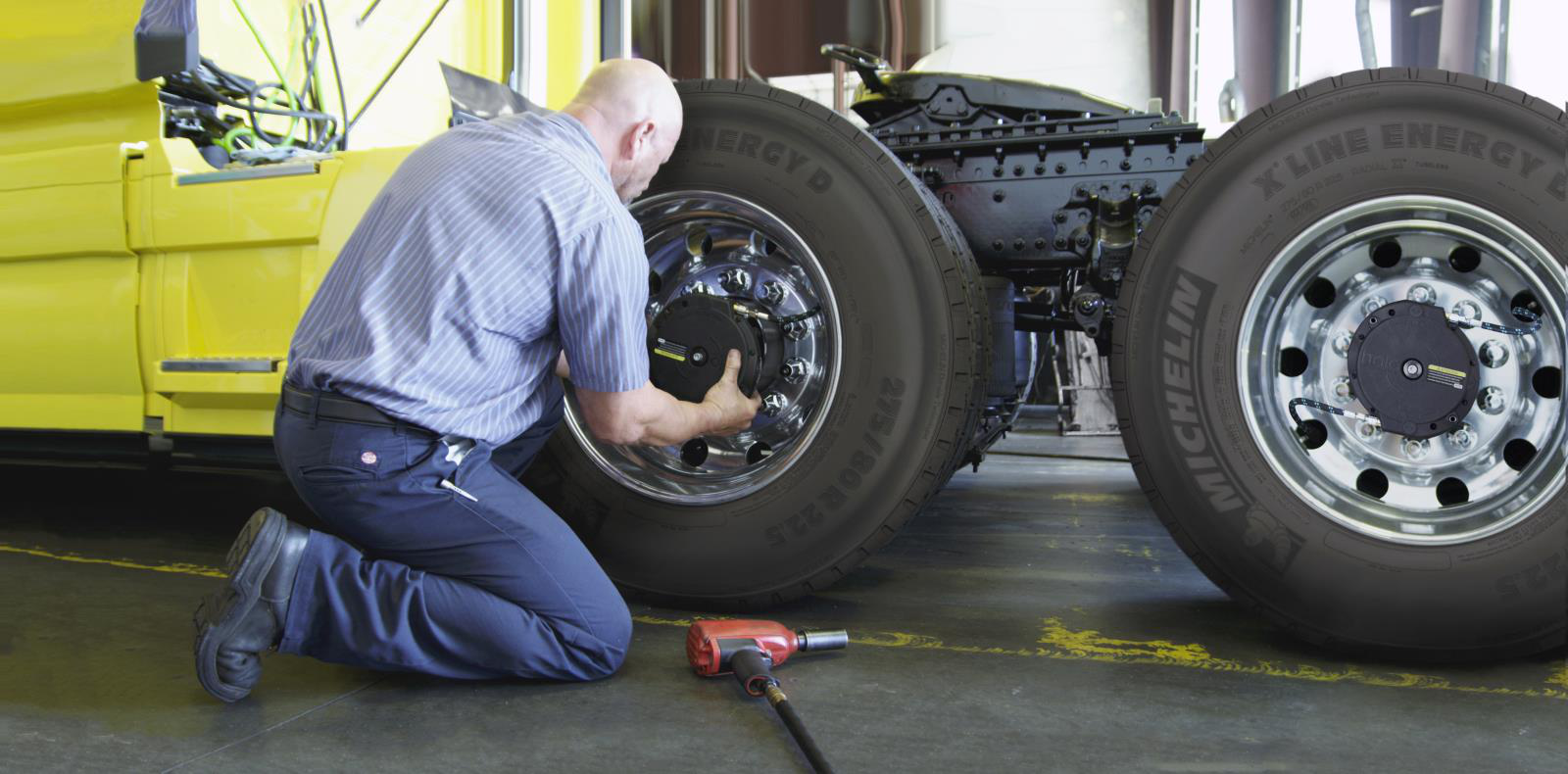
You know that tractors are very robust agricultural machines, weighing more than 19,000 pounds.
So, how much do tractor tires weigh?
Well, you can expect that they’re hefty as well, to keep the machine stable and supported enough for numerous operations and agricultural tasks.
So, how much does a tractor tire weigh?
Well, the average weight of a tractor tire is between 400 and 600 pounds.
So, four-time each, you get up to 2,400 pounds of tire weight!
Still, let’s see what we’ve also prepared for you concerning tractor tire proportions and sizes.
You will also learn how to determine the proper tire weight of your tractor.
Table of Contents
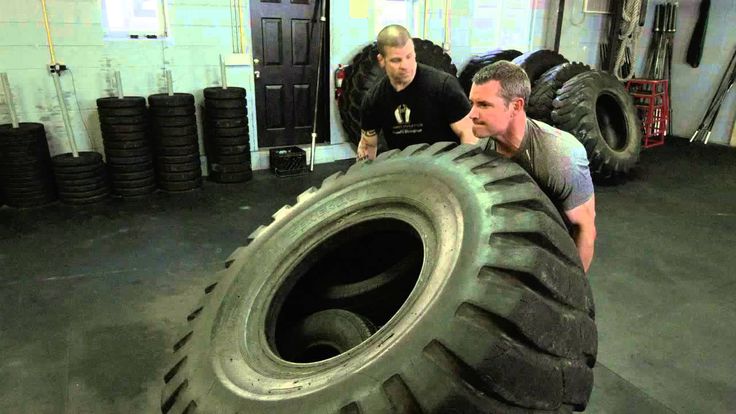 Metric tractor tires
Metric tractor tiresLuckily, you don’t have to perform the heavy lifting to find how heavy your tractor tires are. However, you need to know that they come in two major groups:
Now, it’s crucial to remember that these groups have four major subgroups, including:
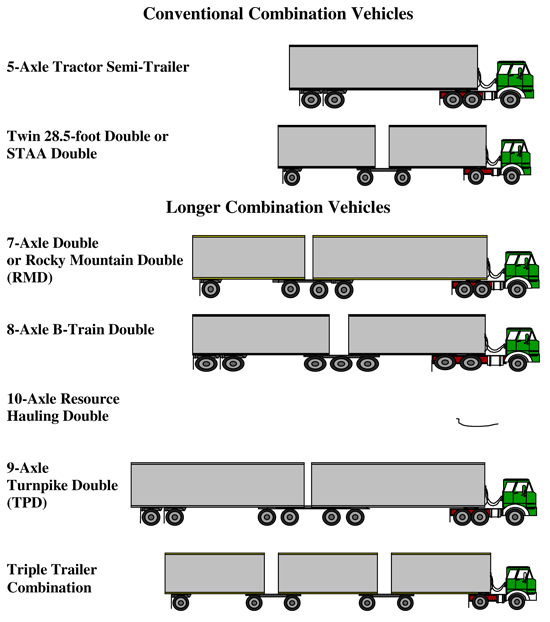 Compact size tractor tires
Compact size tractor tiresWhat’s so unique about these tractor tires?
Firstly, they measure 17.5x25ft. Their maximum weight is estimated at 300 pounds.
However, you can consider them lighter, as the average weight of a car tire measures 25 pounds.
And, even when you compare various heavy-duty vehicles, similar to tractors, you can notice that their tires weigh around 200 pounds each.
So, there’s no mistake that the average tractor has a tractor tire weighing around 300 pounds (or even more!)
Medium tractor tires are the next category, measuring 20x25ft.
However, their maximum weight measures 400 pounds or slightly more.
As you see, medium tractor tires are not bigger than small tires; thus, they don’t add weight to your tractor size and weight.
A large tractor tire is more substantial than the previous two categories.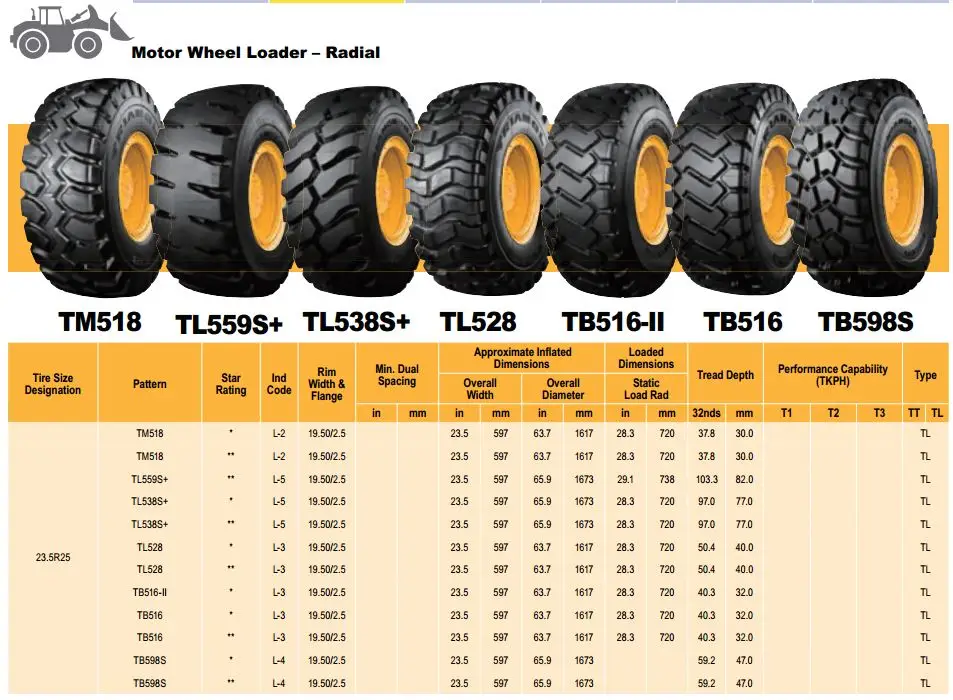
They’re massive due to their 23.5×25 feet proportions. Thus, the tire weight might vary between 400 and 8000 pounds at maximum.
Yet, some more substantial tire weights can also be slightly lighter. Thus, they can vary between 550 and 650 pounds.
So, the tire weight matching this size is determined by metal parts and wear patterns.
Finally, the last category in the colossal tire weight measures 26.5×25 feet. Don’t be surprised when you realize they weigh 1,000 pounds each!
Thus, the heavy tires weigh around 4,000 pounds on your tractor!
It’s insane, you’ll agree!
Naturally, you want to determine how much your tractor tires weigh, but how do you calculate the weight correctly?
As previously said, you don’t have to calculate by yourself, let alone detach them one by one, and measure.
The average tractor tire is too sizable for the process.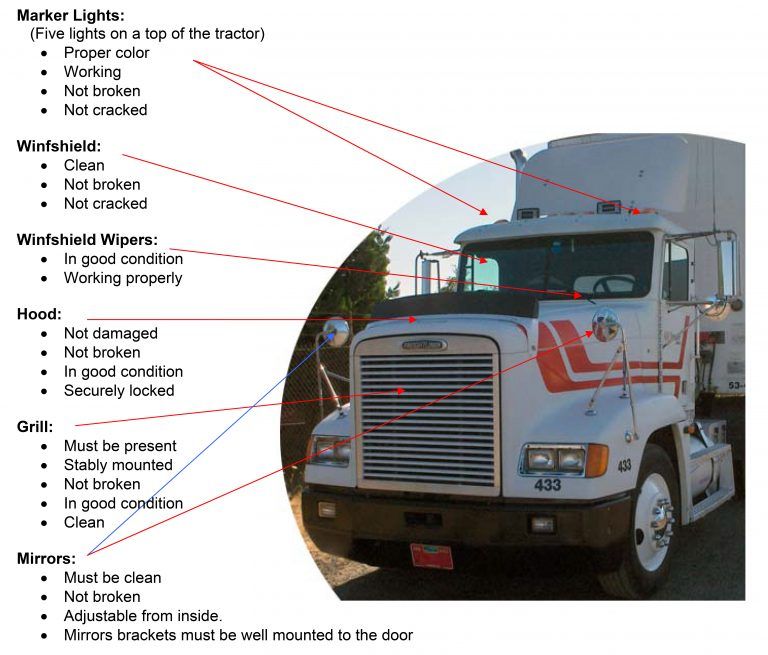 So, you can stick to the following procedure:
So, you can stick to the following procedure:
Firstly, fire the sidewalls of your tractor tire. You should find a 5-digit number on it.
Now, once you do, you’ll see that the first two digits are separated by a period. Moreover, the last two digits should have a dash between them.
An example would be 16.9-30.
Hence, the 16.9 refers to the tractor tire’s width from one tire’s sidewall to another. The width is measured in inches.
Number 30 represents the diameter of the tire’s rim, also measured in inches.
Now, it would be ideal to stop here. Nevertheless, there are further explanations necessary for your tractor tire.
Namely, they can be:
A metric tractor tire refers to the European tire, based on its measurement system and tire weight.
You can recognize the metric measures because the tire will have a letter R and a slash or maybe two. Such examples refer to 420/85R24 or 280/85R20.
The first number means the tractor tire’s width when it’s correctly mounted and inflated to understand the digits better.
However, if the integer is small, it’s represented in millimeters instead of inches.
The next digit refers to the aspect ratio.
The aspect ratio includes the tire width percentage to its height when correctly mounted and inflated.
So, once again, The number will be smaller, expressed in millimeters, not in inches.
And the letter R refers to the radial construction. The radial construction is standard in metric tractor tires.
Finally, the number after the radial construction – R represents the wheel diameter for mounting.
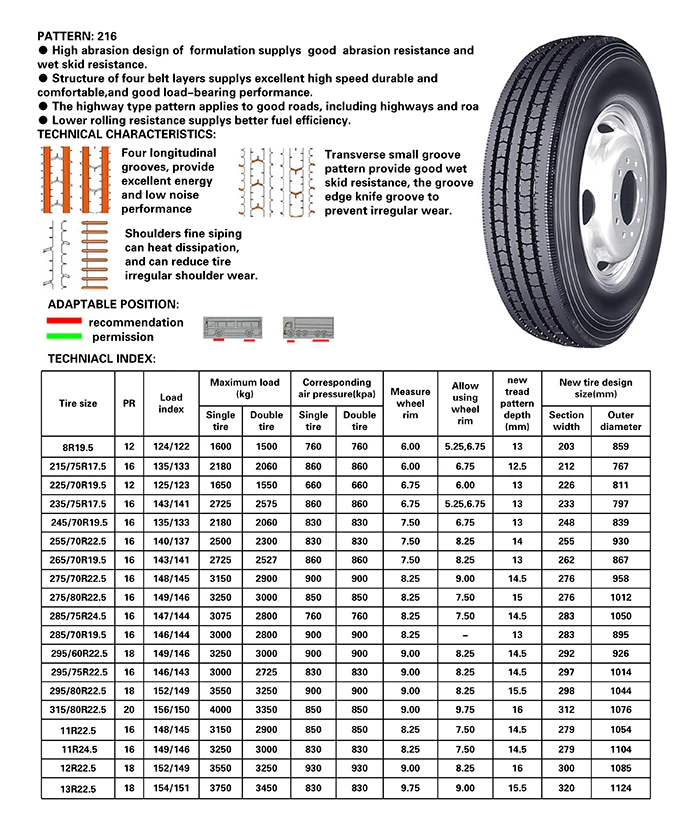 Radial tractor tires
Radial tractor tiresA radial tractor tire also has radial construction posted on the sidewall.
The R means the radial tractor tires have 90-degree cord piles, moving in the same direction as the tractor tires.
Also, most tires will be radial, but not always.
In addition, the radial tractor tire contains two numbers separated by a period, followed by another number, R, and again two numbers following.
So, for instance, you can find 18.4R26 or 11.2R20.
To understand these tires better, refer to the first example we have used in this section. It’s standard for this tire type.
But, if you find different expressions for tire sizes, such as 16.9X28 or 11.2X20, don’t be too perplexed – these are just alternatives for the same terms on the sidewall.
However, it’s possible to convert from one tractor size to another.
You can easily refer to the Ken Jones Tires conversion chart to do so correctly.
Still, every blank spot means that there’s no correct conversion to particular tire sizes.
| STANDARD | RADIAL | METRIC |
| 11.2X30 | 11.2R20 | 280/85R20 |
| 12.4X20 | 12.4R20 | 320/85R20 |
| 9.5X24 | 9.5R24 | 250/85R24 |
| 11.2X24 | 11.2R24 | 280/85R24 |
| 12.4X24 | 12.4R24 | 320/85R24 |
| 13.6X24 | 13.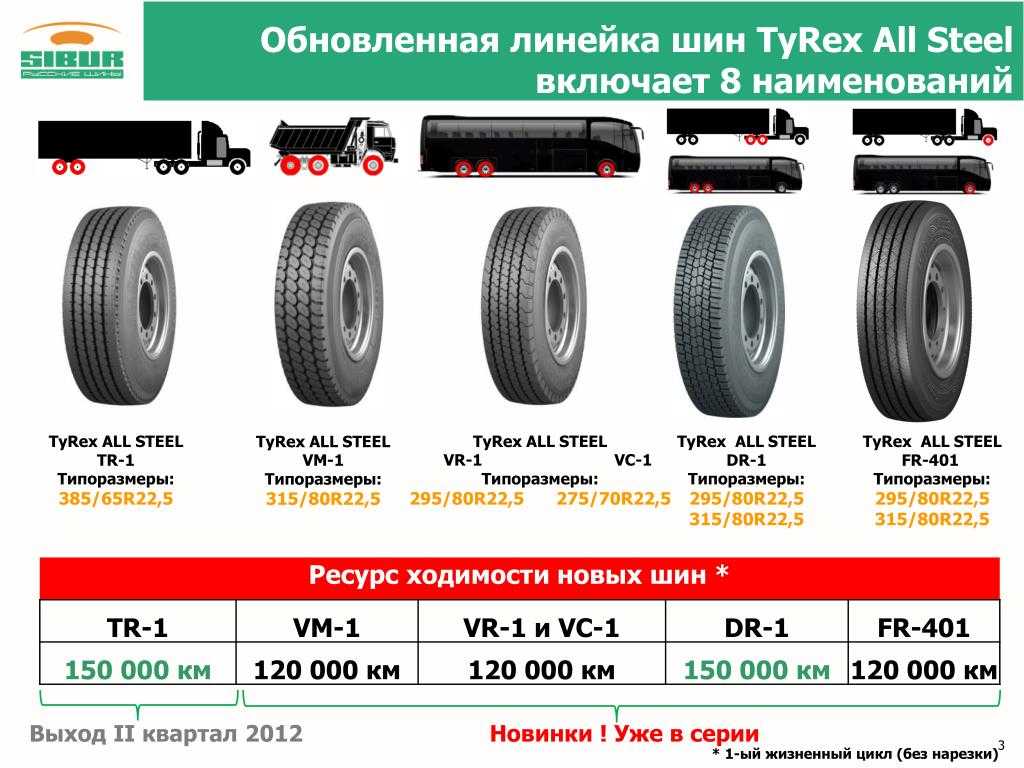 6R24 6R24 | 340/85R24 |
| 14.9X24 | 14.9R24 | 380/85R24 |
| 16.9X24 | 16.9R24 | 420/85R24 |
| 18.4X26 | 18.4R26 | 420/85R26 |
| 11.2X28 | 11.2R28 | 280/85R28 |
| 12.4X28 | 12.4R28 | 320/85R28 |
| 13.6X28 | 13.6R28 | 340/85R28 |
| 14.9X28 | 14.9R28 | 380/85R28 |
| 16.9X28 | 16.9R28 | 420/85R28 |
14. 9X30 9X30 | 14.9R30 | 380/85R30 |
| 16.9X30 | 16.9R30 | 420/85R30 |
| 420/90R30 | ||
| 18.4X30 | 18.4R30 | 460/85R30 |
| 12.4X32 | 12.4R30 | 320/85R32 |
| 12.4X34 | 12.4R34 | 320/85R34 |
| 14.9X34 | 14.9R34 | 380/85R34 |
| 16.9X34 | 16.9R34 | 420/85R34 |
| 18.4X34 | 18.4R34 | 460/85R34 |
20.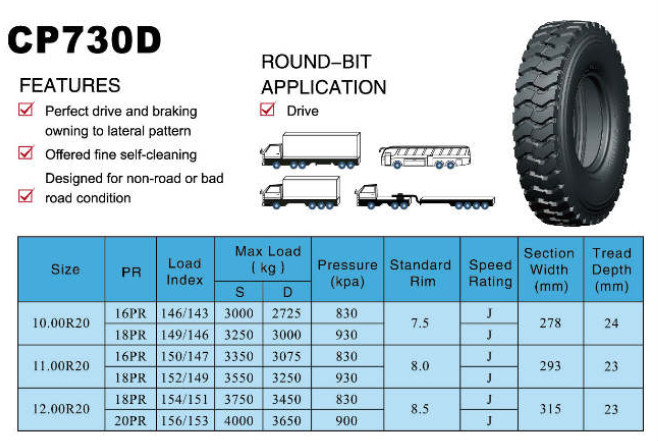 8X34 8X34 | 20.8R34 | 520/85R34 |
| 12.4X36 | 12.4R36 | 320/85R36 |
| 13.6X36 | 13.6R36 | 340/85R36 |
| 13.6X38 | 13.6R38 | 340/85R38 |
| 14.9X38 | 14.9R38 | 380/85R38 |
| 16.9X38 | 16.9R38 | 420/85R38 |
| 18.4X38 | 18.4R38 | 460/85R38 |
| 20.8X38 | 20.8R38 | 520/85R38 |
| 18.4X42 | 18.4R42 | 460/85R42 |
20. 8X42 8X42 | 20.8R42 | 520/85R42 |
| 20.8X46 | 20.8R46 | 520/85R46 |
Therefore, you should refer to the conversion chart above to find the right size of your tires, but if you still are uncertain how to measure the correct size correctly, you can ask tractor experts.
As we know, tires are an essential part of tractors, and we cannot imagine any farm equipment without them.
So, once you determine the size of your four tires, you want them to last for a couple of years, without additional complicated conversions too soon.
Thus, it would be best to keep your four tires in different shapes and top condition for more robust uses and a longer lifespan.
And how to do so? Well, you can…
If you have a farm tractor, you will undoubtedly use it on a daily basis.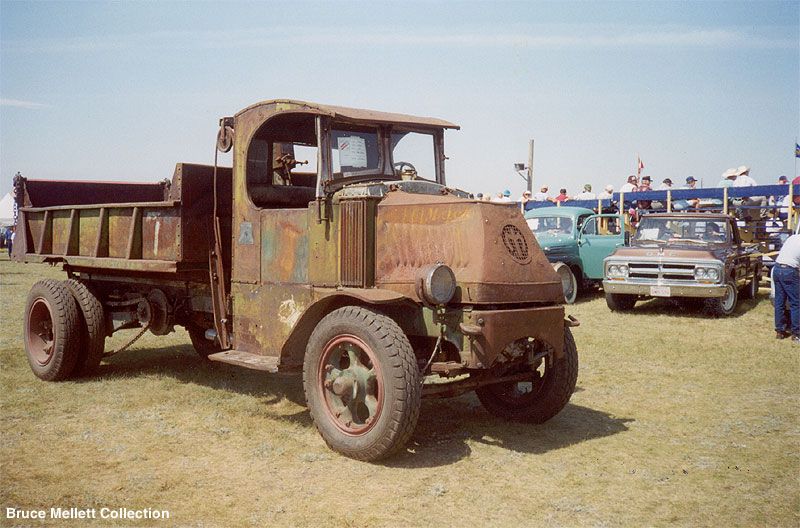
Thus, the tractor will gather dirt underneath and on the construction. However, the tires will be the first to get dirty.
So, when you notice your tires are too dirty, wash them. How?
Apply a tire brush, soap, and water. Next, get in the tire’s groove and clean all the way to the tire’s bottom part. Next off, let your tire completely air dry.
Clean tires will be better for a ride, and you can easily extend their quality and lifespan.
When picking the best tractor tire, you may likely spend several hundred for each tractor tire, but it doesn’t mean the tractor tire will be as good as it should be.
So, to avoid the tire falling apart or damaging too soon, you should invest in a premium-quality tire that will last for an extended period without harming quickly.
Although it might be difficult for your budget, it is still the best solution to purchase a high-quality tire to avoid all sorts of tire issues and potential risks.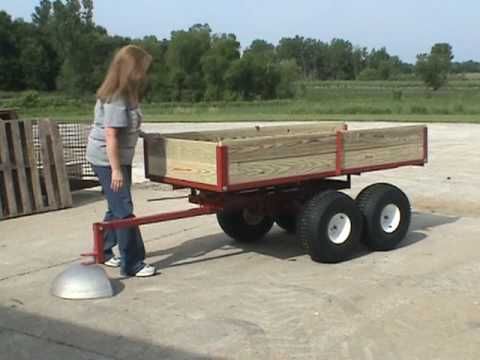
Your tractor might handle a little pavement, but not too much – do not forget that.
So, keep in mind that tractor and truck tires are not the same!
Thus, you should limit your pavement driving to a minimum or eliminate it.
The tire weight is mainly intended for transporting different materials and operating on softened terrains, including hay, grass, or dirt.
Another reason is that in some states, such as Pennsylvania, the law forbids you to drive tractors on streets unless you title your vehicle first.
If you notice your tire is too old and in bad condition, an instant replacement is the best solution for your tractor.
You will reduce the potential risks whenever you drive your tractor.
Also, your tractor tire can pop whenever you hit debris and pointy stones.
So, due to proper tire size, width, and tire weight, you will definitely feel it when driving the tractor.
So, if your wheels slip more than usual, it’s time to replace the old tires with the new ones.
Unless the weather conditions are too wet, the wheels and tires should not slip like that.
If you fill-up the tire and notice it cannot maintain the pressure, it’s time for a replacement.
Also, your tires may dry rot. So, if your tractors are overexposed to the sun, it may cause material cracks and lose elasticity.
Hence, do not expose your tractors and tires to the sun and dry air.
However, you might also find the tire brittleness, paleness, or tire fading. Therefore, these are the main signs you must replace your tires instantly.
To keep your tractor tires in excellent condition, you need to store them in specific airtight places.
Thus, you can prevent the evaporation of the lubricating oil within the tractor tire.
You can use various premium airtight plastic bags from different supply shops near you, including lawn or garden bags.
And when placing the tire inside the bags, ensure you release as much air as possible, and secure the bags with tapes.
The replacement tires for tractors should not be stacked or lying down.
Instead, it would be best if you placed them properly upright.
And, in case you need to stack them, don’t stack the tires too high. They might be damaged by falling.
However, when storing the tires, ensure they’re in a dry and cold place, avoiding direct sunlight.
A black tire might absorb the rays and heat up to 120F degrees. At this high temperature, it can tear inside or break down quickly.
Read more —
Learn How To Drive Safely With The Best Tractor Tire Chains (Top 6 Picks)
A tractor tire should be at least 20 inches thick to allow the athlete to perform well in the optimal flip-tire position.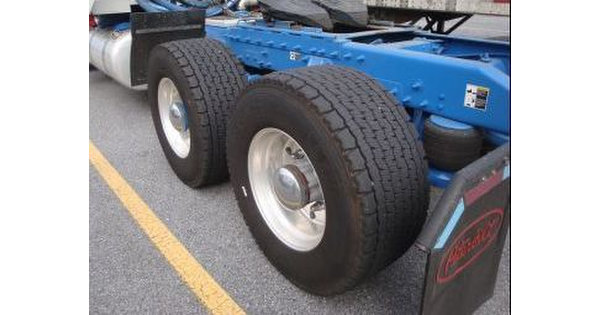
Otherwise, a thinner tire will only enable a sumo-deadlift lifting position, famous as the biceps-tearing position.
A typical semi tire weight measures around 110 pounds.
The main reason for this weight is that semi-trucks better handle the more challenging road conditions, and their durability reflects in the heavier semi-tire weight.
Tractors use the following tire types:
The R1 type is ideal for fieldwork primarily.
The R3 type is the best solution for lawn mowers and gold cars.
Finally, the R4 tires are the most convenient on different construction sites, specifically forklifts.
A radial tractor tire has a two-part construction, allowing the tire sidewall to flex independently of the thread area or face of the tire.
On the other hand, the bias tractor tire is created with a single-ply wrapped diagonally from one side to another.
The tire weight may vary due to the wheel materials and their weight.
Thus, the wheel – the metal part may weigh around 30-50 pounds for a standard trailer or a tractor-sized vehicle.
However, when you add a tire, the situation changes.
Thus, the weight might reach 100 pounds if the tire is new.
But, according to the tire’s diameter, height, and size, the weight will also vary.
And we have seen that the weight goes from around 100 pounds for semi-trucks to 1,000 pounds for extra-large tractors.
So, how much does a tractor tire weigh?
They may weigh around 300 to 1,000 pounds based on the tire size.
Their weight must also match your tractor’s weight and size, so it would be best to learn the tractor’s size and weight as well and fit them correctly.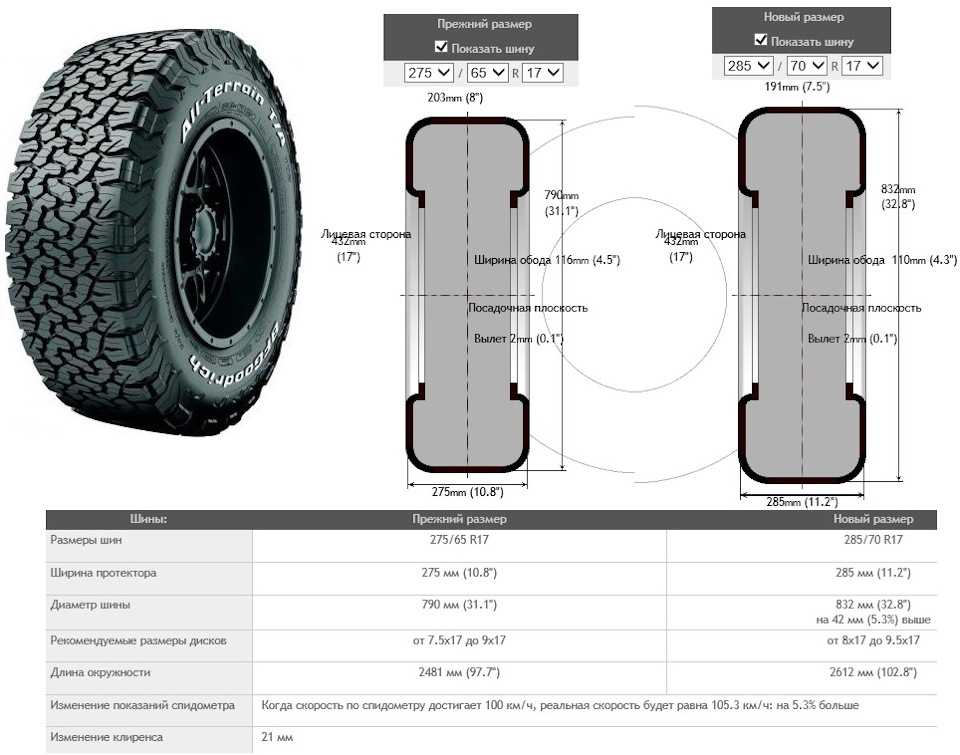
However, you have already seen how to correctly measure the tire weight with the given number on the sidewall.
Still, when you know these digits, they will be valuable for adding extra weight if you need to improve your tractor’s traction and perform better in various lawn tasks, as well as on a regular basis.
Thus, make sure you find the weight specifications in the size chart given above and follow the proportions for the correct sizes.
And, if you have additional questions, dilemmas, or other difficulties, comment below – I’ll gladly help you solve them.
The weight of a tractor tire, like any other off-road tire, depends on more than just its size. With the same size, a tire designed for increased load capacity will be heavier, since it uses additional reinforcing elements. nine0007
With the same size, a tire designed for increased load capacity will be heavier, since it uses additional reinforcing elements. nine0007
BKT tires, for example, are characterized by a large amount of material in the bead. On the one hand, this slightly increases the mass, and on the other hand, it reduces the amount of damage to zero. In other words, with the added weight, you don't have to worry about fixing cracked tractor or loader tires.
A significant proportion of the mass of the tire falls on the tread. In this case, other elements, such as belts, shoulder areas, sides and carcass, should be taken into account. They are the ones that can be tested and improved during development to achieve the desired combination of performance and price. nine0007
Still want to know how much a tire weighs? It is likely that you often look at the weight table for off-road and agricultural tires. We will satisfy your curiosity and tell you how much some of our best-selling models weigh - from light to heavy:
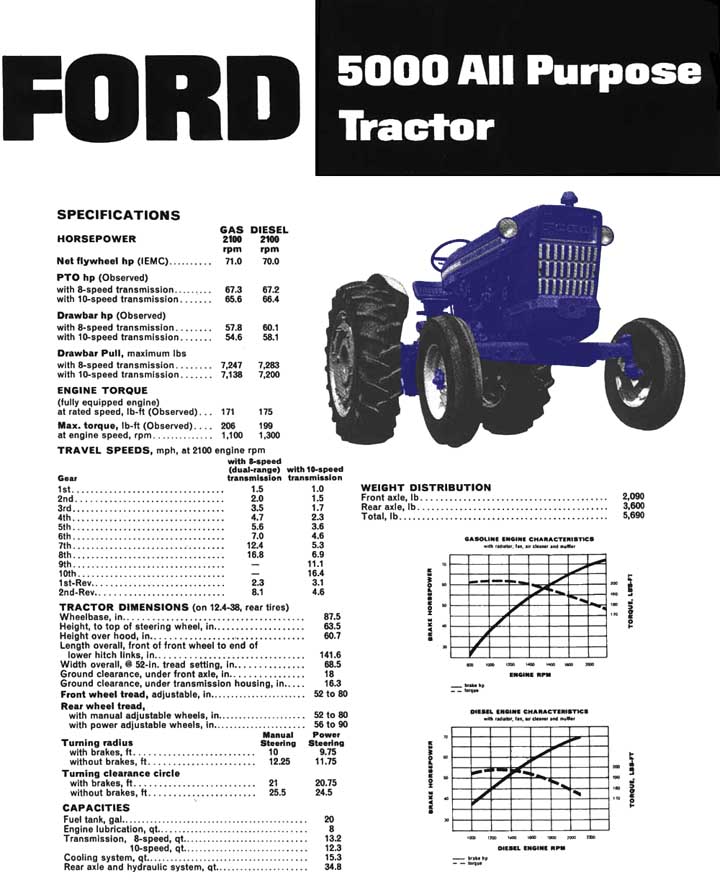 17 kg) : one of the smallest BKT tires in 11 × 4.00-5, designed for installation on mowers and small tractors. Due to the special tread pattern, it does not damage the soil (including when maneuvering). nine0020
17 kg) : one of the smallest BKT tires in 11 × 4.00-5, designed for installation on mowers and small tractors. Due to the special tread pattern, it does not damage the soil (including when maneuvering). nine0020 Tires AGRIMAX FORCE and AGRIMAX V-FLECTO in the same size 710/70R42 are BKT's most popular agricultural tires.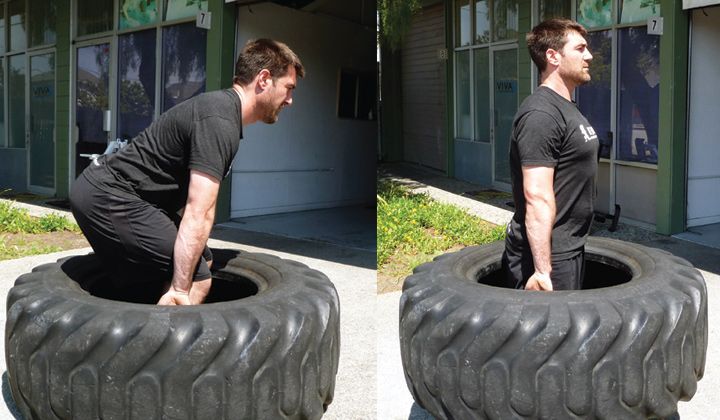 The first model designed for tractors with engines over 250 hp. with., equipped with IF technology, and the second tire is designed for tractors of new generations and endowed with VF technology. At the same time, the difference in the mass of these tires is insignificant: the first one weighs 347.4 kg , and the second - 340.84 kg .
The first model designed for tractors with engines over 250 hp. with., equipped with IF technology, and the second tire is designed for tractors of new generations and endowed with VF technology. At the same time, the difference in the mass of these tires is insignificant: the first one weighs 347.4 kg , and the second - 340.84 kg .
Choosing the right tire comes down to factors such as durability, speed index, self-cleaning and puncture resistance. It is these parameters that BKT engineers are working on, creating tires for various applications. But there is another important, even fundamental, factor for any tire - its weight.
BKT invests heavily in research and technology to reduce tire weight. nine0053 Why do we strive to produce lightweight tires? Of course, tires are designed for specific applications, which determines their weight. But in general, lighter tires tend to have lower rolling resistance, leading to lower fuel consumption and cost by using fewer materials. The ultimate goal is to improve performance and environmental performance.
The ultimate goal is to improve performance and environmental performance.
Return to list
Dump tractor trailer 2PTS 4.5 is designed for transportation of various agricultural goods on all types of roads and in the field. Transportation of bulk building materials is allowed, with the exception of rocks and cobblestones. To increase the volume of transported goods and increase the cubic capacity of trailers, extension boards are offered: all-metal extension boards, mesh extension boards. The trailer is designed for operation at ambient temperatures from -40 °С to +40 °С. Unloading cargo from the platform on three sides. nine0007
Trailer 2 PTS 4.5 has original quality characteristics in this class:

These characteristics ensure reliable and long-term operation of the trailer. Tractor cart 2PTS4.5 is designed for operation with wheeled tractors of classes 1.4 - 3.0, having a separate-aggregate hydraulic system, a towing device in accordance with GOST 348-79, as well as outlets for connecting the pneumatic brake system, electrical equipment and hydraulic system.
| Options | Value |
|---|---|
| Type | trailed |
| CAMILE, kg, not more than | 4500 |
| volume of the main sides, not more than | 5.0 | 10.0 |
| Body volume with extended mesh sides (1000mm), m³, not more than | 14. 5 5 |
| Body area, m², not less than | 9.5 |
| Number of axles, pcs. | 2 |
| Track width, m, not more than | 1.85 |
| Number of wheels on each axle, pcs. | 2 |
| Base, m, at least | 2.7 |
| Transport speed, km/h, not more than | 30 |
| Construction mass, not more than | 1630 |
| Distribution of mass by axes, kg, no more than: | |
| Front axis | 3241 |
| Rear | 2889 | Gabarit dimensions, mm, mm, not more 5900 |
| - width | 2410 |
| - height | 1830 |
| Unloading, pcs | 3 |
| Road Grino, at least 9 at least | 300 |
| Height of the main boards, mm, no more; | 530 |
| The height of superficial whole -metal sides, mm, not more than | 485 |
| The height of the exalte of mesh sides, mm, not more than | 1000 |
loading heights, mm, mm, mm, mm, mm, mm, mm, mm, mm, mm, mm, mm, mm, mm, mm, mm, mm, mm, mm, mm, mm, mm, mm.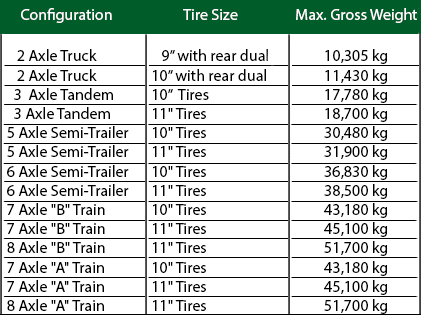 | |
| - body floor | 1300 |
| - sides0091 | |
| - When unloading back | 50 |
| - When unloading on the sides of | 50 |
| The number of maintenance personnel, people.t | 1 |
| for front axle wheels | |
| Type of brake mechanisms | Drum |
| Shift time utilization factor, not less than | 0.5 |
| Technological maintenance coefficient, not less than | 0.8 |
| Reliability coefficient of the technological process, not less than | 0.99 | more than | 0.15 |
| Specific total operational labor intensity of maintenance, man-h/h, not more than | 0.016 |
| Service life, years, not less than | 7 |
| ACCOUNTING FOR THE FART II and III complexity groups, h, at least | 500 |
| SCREE OF TRAINISTICAL CAME, h, not more than | 0. |